My treatment hasn’t had the desired effect: why?
Sometimes, even when a patient has followed the prescribed course of treatment (bracing and exercises), the final outcome isn’t what they expected and there are no marked improvements. Why is this?
Let’s start by reiterating something we all know to be a fact.
Scoliosis is a disease that can strike with varying degrees of severity and, as we have said many times, its origin is not known. However, although we don’t know what causes it, thanks to scientific research we are learning more and more about how it evolves and how to treat it.
The vast body of scientific literature now available on this topic has shown us the importance of monitoring scoliosis and its evolution during skeletal growth, in particular during the pubertal growth spurt, which is known to be the most critical phase in the course of this disease.
The aim of conservative treatment, which includes specific exercises and bracing, is to limit the progression of scoliosis during growth, so as to prevent problems from arising in adulthood, and to try and avoid the need to perform highly invasive surgery.
The risk of the disease worsening differs from patient to patient and from curve to curve. Unfortunately, there are no elements that allow us to predict this risk; all we have are indicators that can tell us how likely it is that the condition will worsen and, even then, we are only talking in terms of probabilities. Therefore, the task of the medical team responsible for making the diagnosis and treating the patient is to constantly monitor the situation and adjust the treatment as necessary. After all, we do not want to be too aggressive, but at the same time we need to avoid the risk of underestimating the case and prescribing an ineffective treatment.
The other key factor for a successful outcome is the patient’s “adherence” to the prescribed treatment, in other words his/her ability to follow it constantly and with precision.
How much do these two factors influence the result?
A few years ago, we did a study of “extreme” cases (less than 3% of the total), i.e. those patients showing the best and worst treatment outcomes, defined respectively as a greater than 20° improvement or a greater than 20° worsening of the curve.
We found that all the patients (100%) who obtained exceptional results were treated with both bracing and exercises. But we also found that 50% of the patients with the poorest outcomes had nevertheless followed the treatment perfectly. In these cases, while the treatment had failed to arrest the course of particularly aggressive forms of scoliosis, the patients’ adherence to it had undoubtedly slowed down the worsening of the curve and prevented it from being as marked as it would have been without any treatment at all. And this brings us back to what we said at the start: although some cases show no apparent improvements, scoliosis that has worsened a little at the end of treatment must be considered a great success if the outcome of no treatment would have been a far more severe deterioration.
So, what do we ask of our patients? To collaborate, adhering to the treatment fully and regularly attending check-ups, so as not to run the risk of obtaining disappointing results, despite being treated.



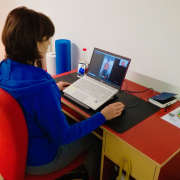
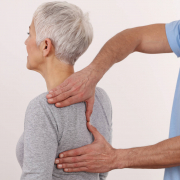
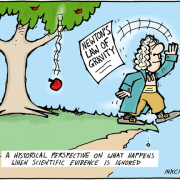

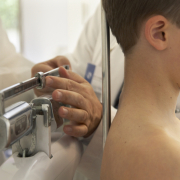
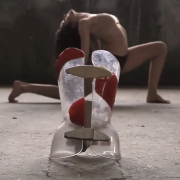



Leave a Reply
Want to join the discussion?Feel free to contribute!